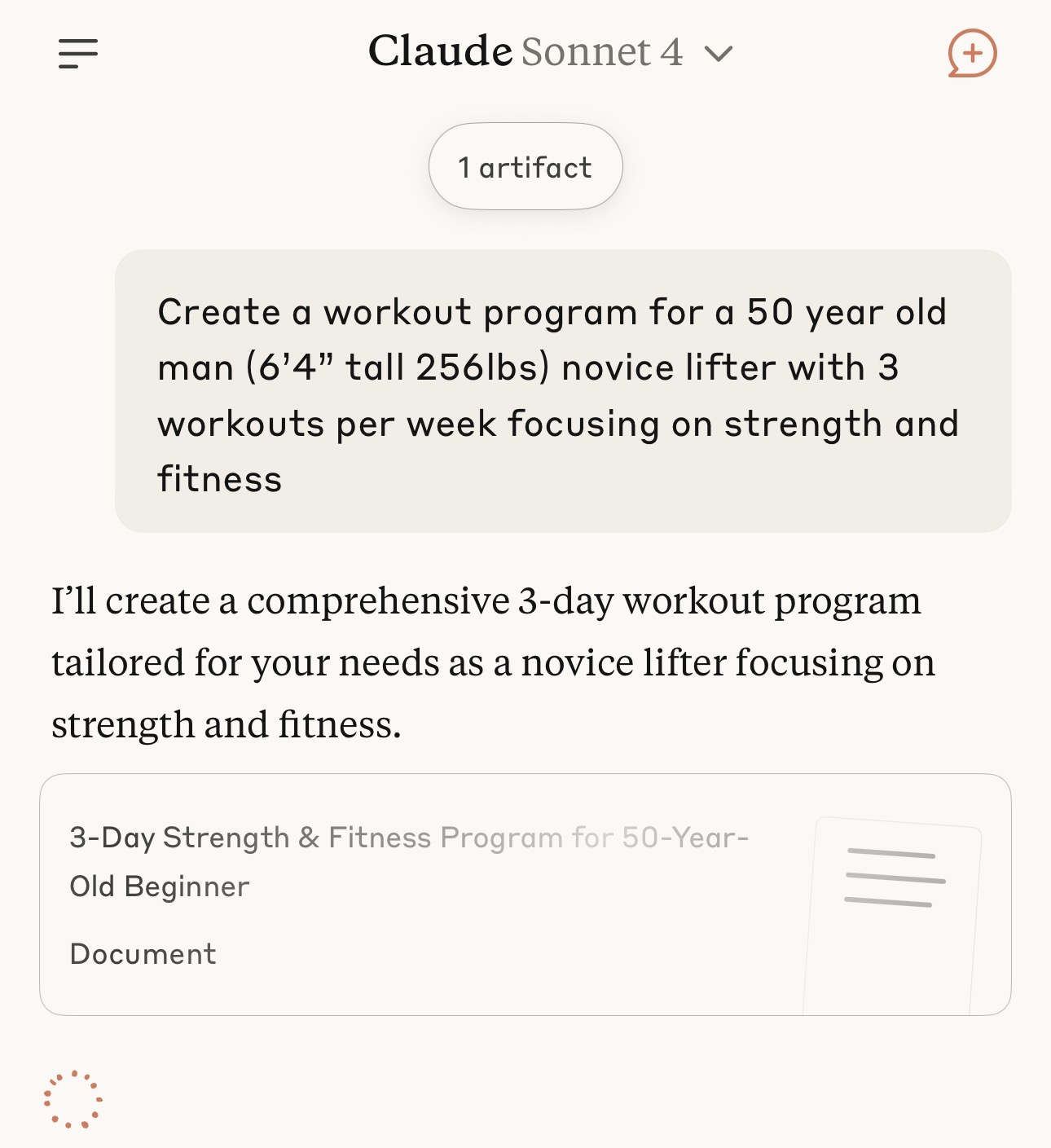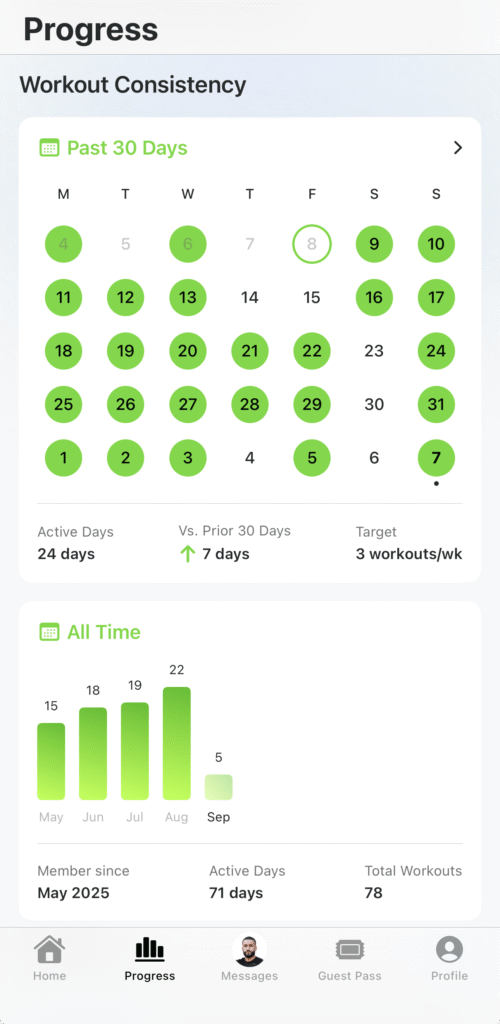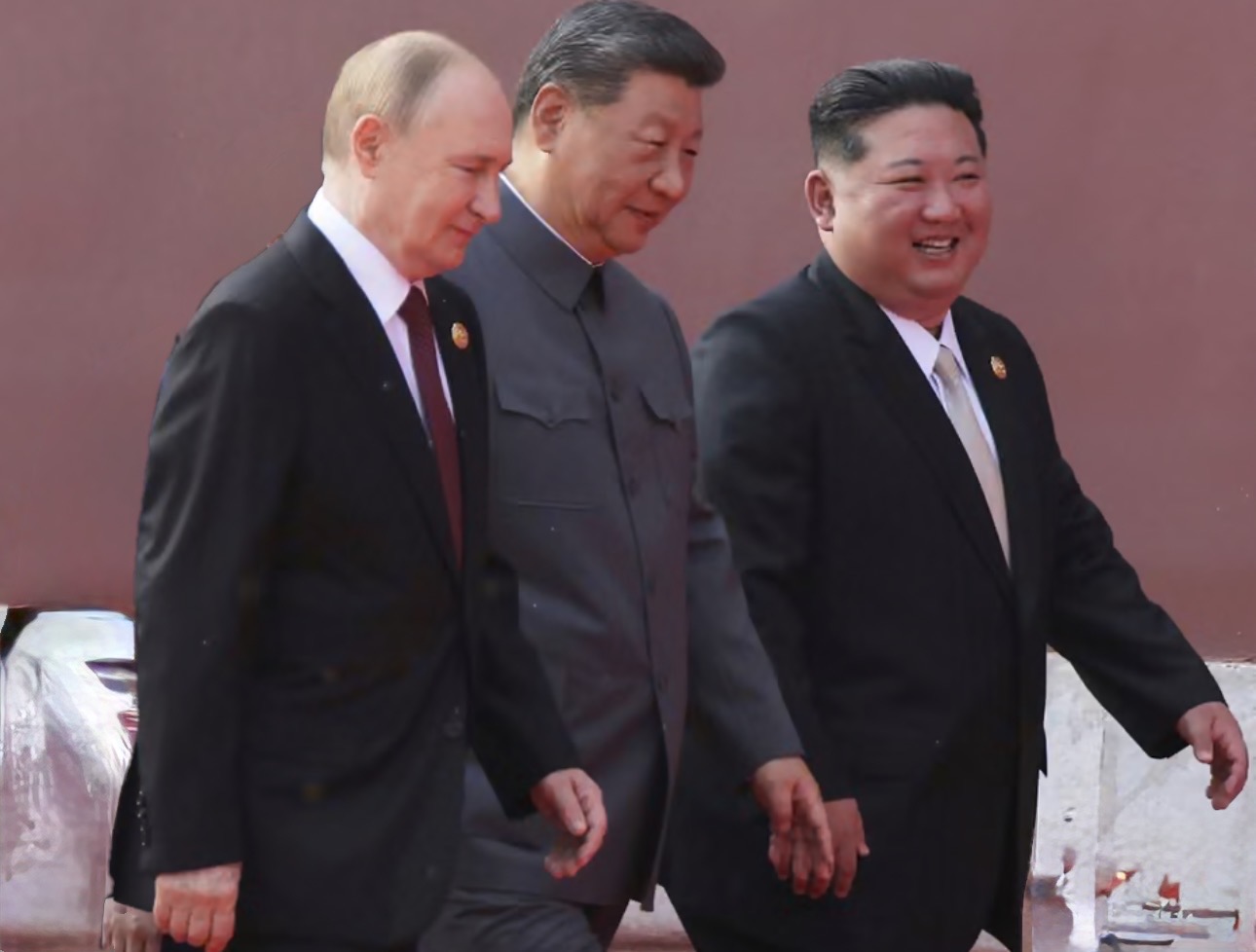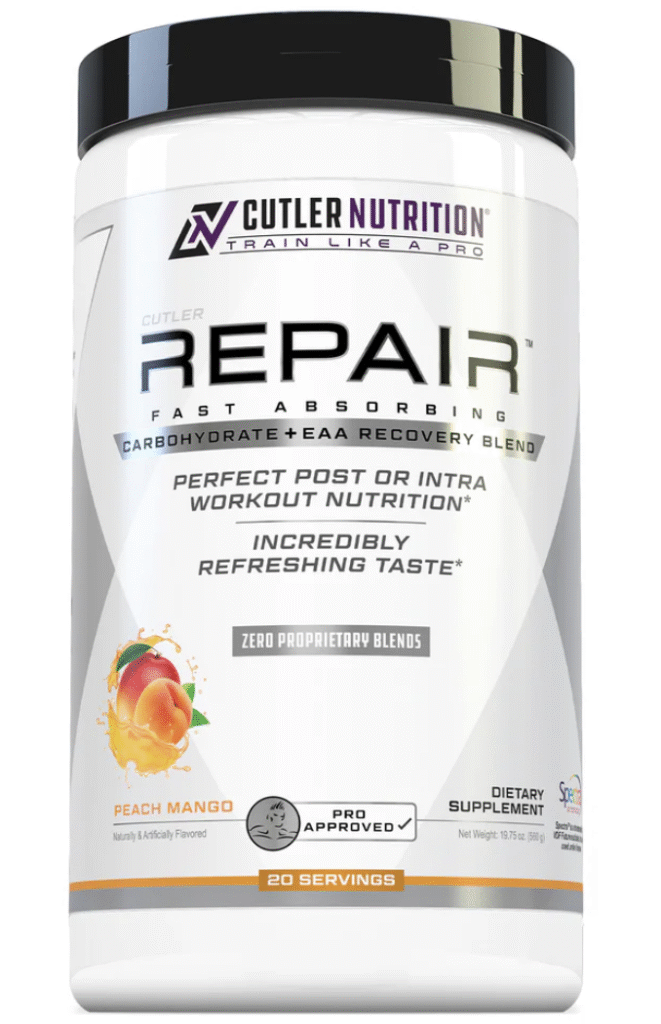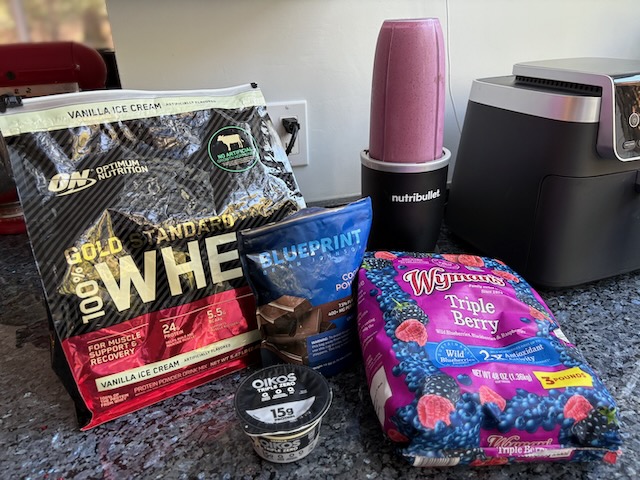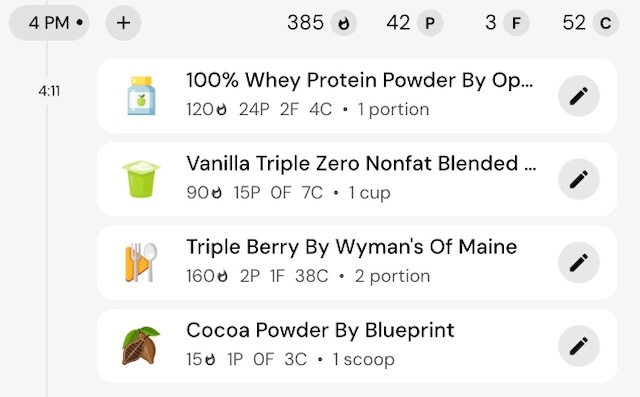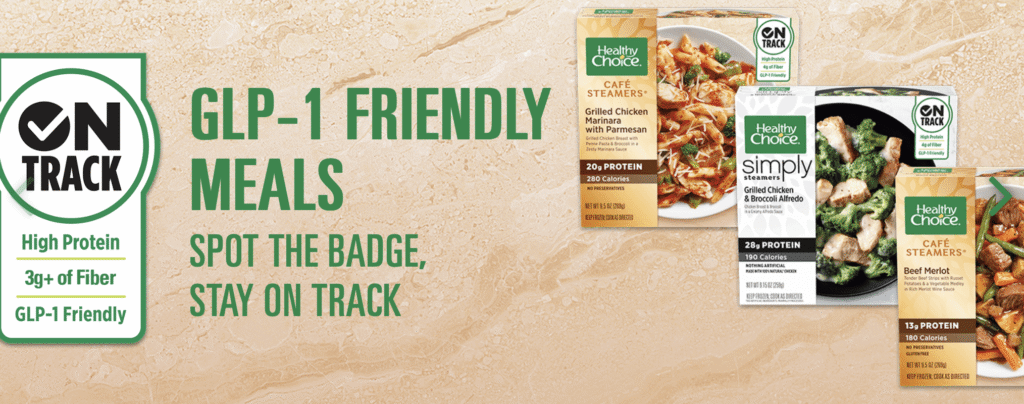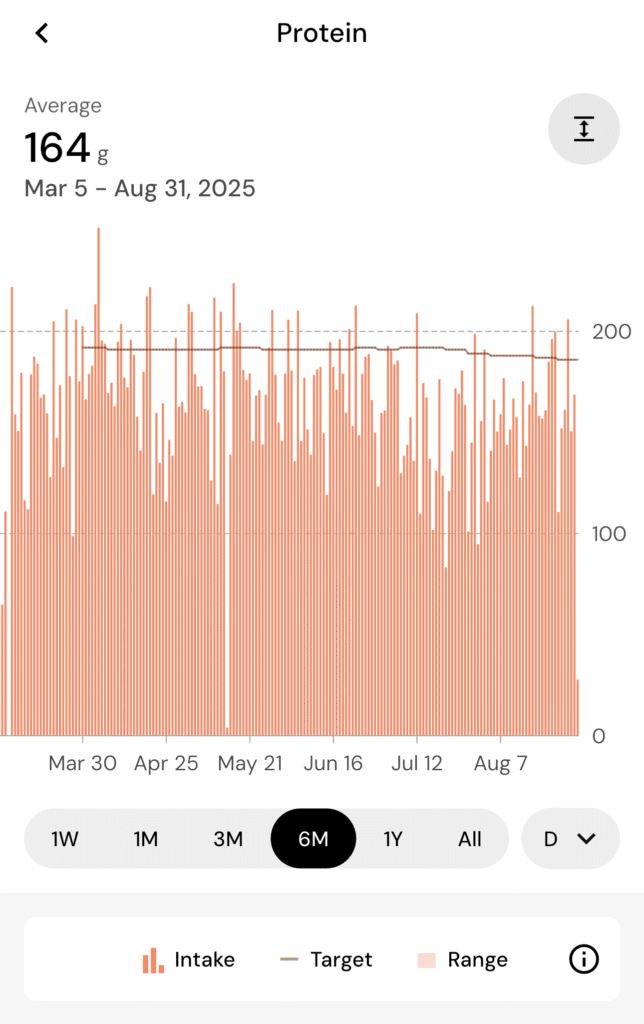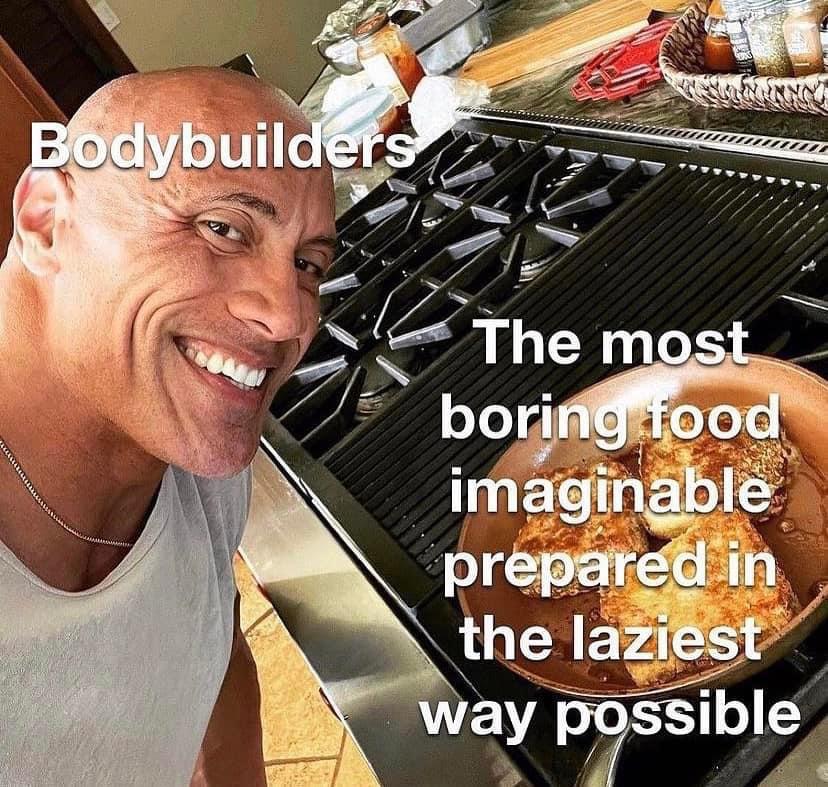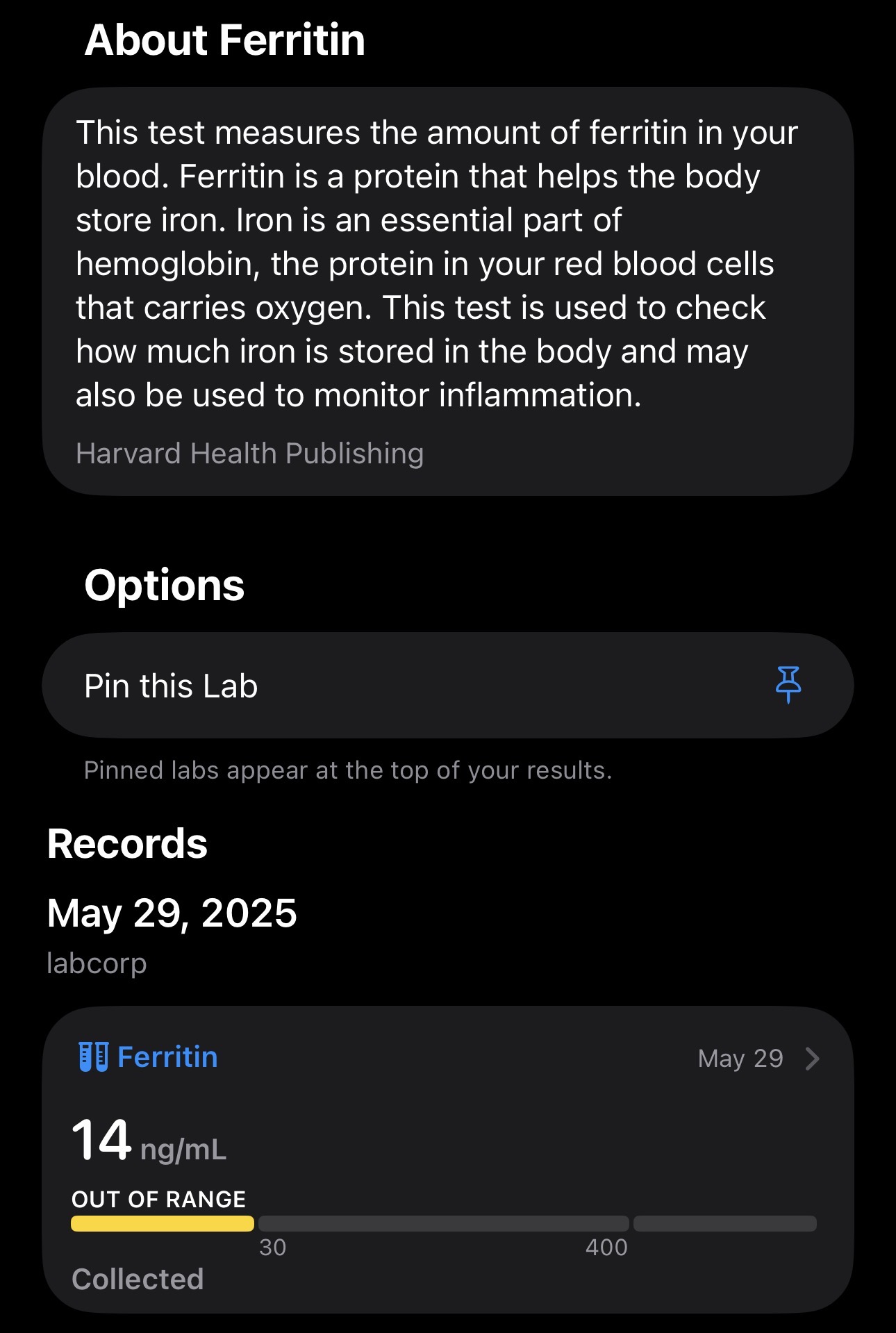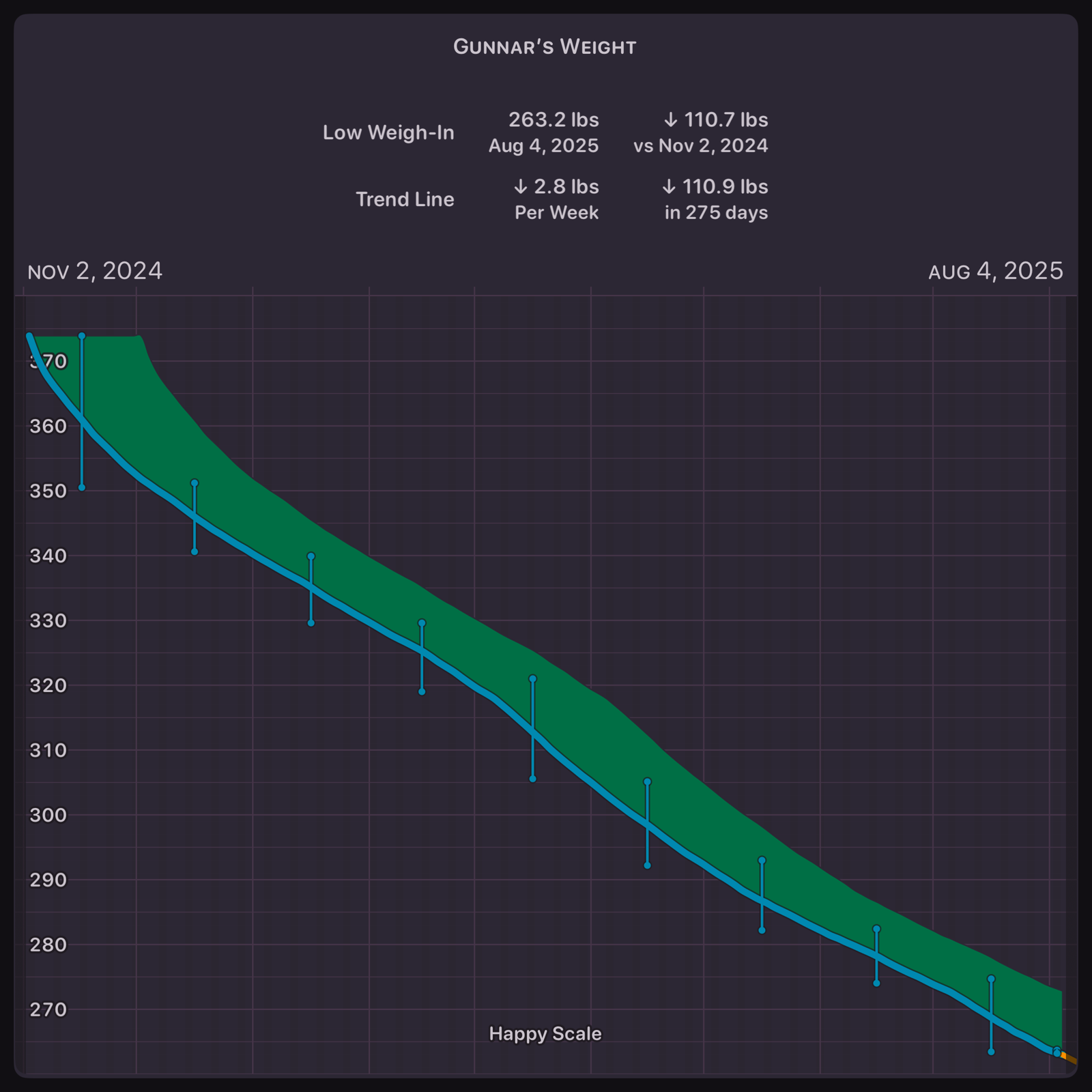Hey there, and welcome to DadStrengthDaily.
If you’re reading this, chances are you’re like me – a dad in your fifties navigating the unique challenges that come with this stage of life. Maybe you’re watching your kids head off to college while simultaneously caring for aging parents. Perhaps you’re crushing it in your career but feeling crushed by the weight of endless responsibilities. Or maybe you’ve looked in the mirror recently and wondered when exactly your body started feeling like it belongs to someone else.
I get it. Because I’ve been there.
Why I Started This Blog
Two years ago, I found myself at a crossroads. My career was demanding more than ever, my kids needed me in ways I hadn’t anticipated, and my body was sending me some pretty clear signals that the “I’ll get to it later” approach to health wasn’t working anymore. I was tired, stressed, and frankly, not the dad or man I wanted to be.
That’s when I realized something important: being a dad in your fifties isn’t about slowing down – it’s about getting smarter about how you show up.
What DadStrengthDaily Is All About
This blog is for men who refuse to accept that turning fifty means turning in your health card. It’s for dads who want to model strength, resilience, and vitality for their families while navigating the very real challenges of midlife.
Here’s what we’ll explore together:
Physical Strength and Fitness
Let’s be honest – your body at fifty isn’t your body at thirty, and that’s actually okay. We’ll dive into realistic, sustainable fitness routines that work around busy schedules, joint concerns, and the reality that recovery takes a bit longer these days. From strength training that protects your back during those weekend projects to cardio that doesn’t destroy your knees, we’ll find what works for real dads with real lives. We’ll look into what really matters for feeling better and longevity of the average man — not the instagram influencer.
Mental Health and Stress Management
The sandwich generation pressure is real. Career demands, financial pressures, family responsibilities – it’s a lot. We’ll talk openly about anxiety, stress, and the mental health challenges that many of us face but rarely discuss. More importantly, we’ll share practical strategies for building mental resilience and finding balance.
Career and Life Balance
You’ve worked hard to get where you are professionally, but at what cost? We’ll explore how to maintain career momentum while actually being present for the moments that matter most with your family.
Practical Dad Hacks
From meal prep strategies that fuel your workouts to time management techniques that create space for self-care, we’ll share real-world solutions for common dad challenges.
My Promise to You
I won’t sugarcoat the challenges or pretend that building strength – physical, mental, or emotional – in your fifties is easy. But I will share what I’ve learned, what’s worked, what hasn’t, and connect you with experts and other dads who are on this same journey.
This isn’t about becoming a fitness influencer or achieving some impossible standard. It’s about becoming the strongest version of yourself so you can show up fully for the people who matter most.
Join the Community
Your fifties can be your strongest decade yet – not despite your responsibilities, but because of how you choose to meet them. Whether you’re just starting to think about your health or you’re already on the path but looking for community and fresh perspectives, you belong here.
Let’s build strength together – one day at a time.
Drop a comment below and tell me: What’s your biggest challenge right now as a dad in your fifties? What brought you here today?
Here’s to showing up strong.
Ready to start building your daily strength routine? Subscribe to get weekly tips, workout guides, and real talk about dad life delivered straight to your inbox.
